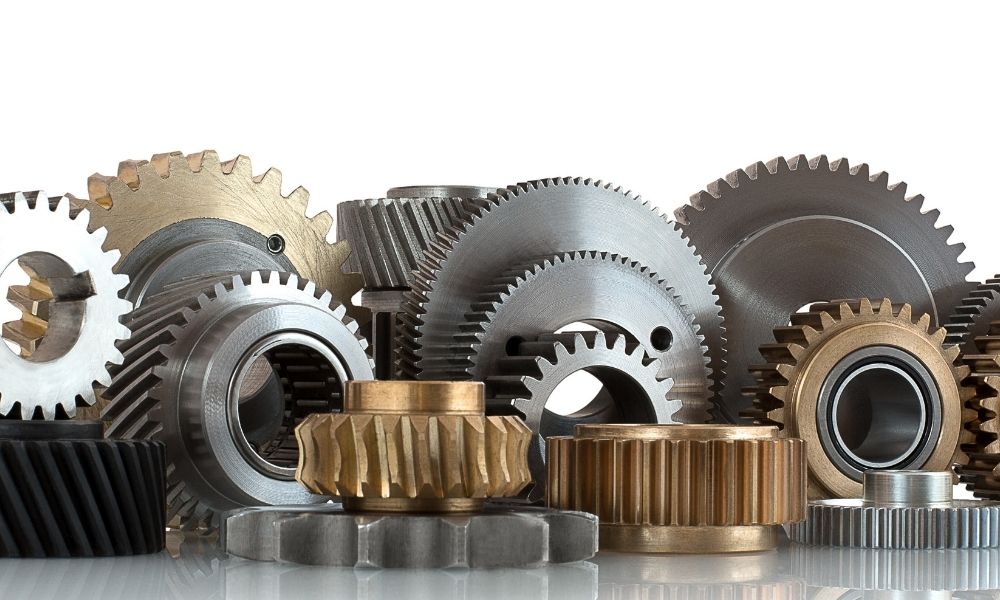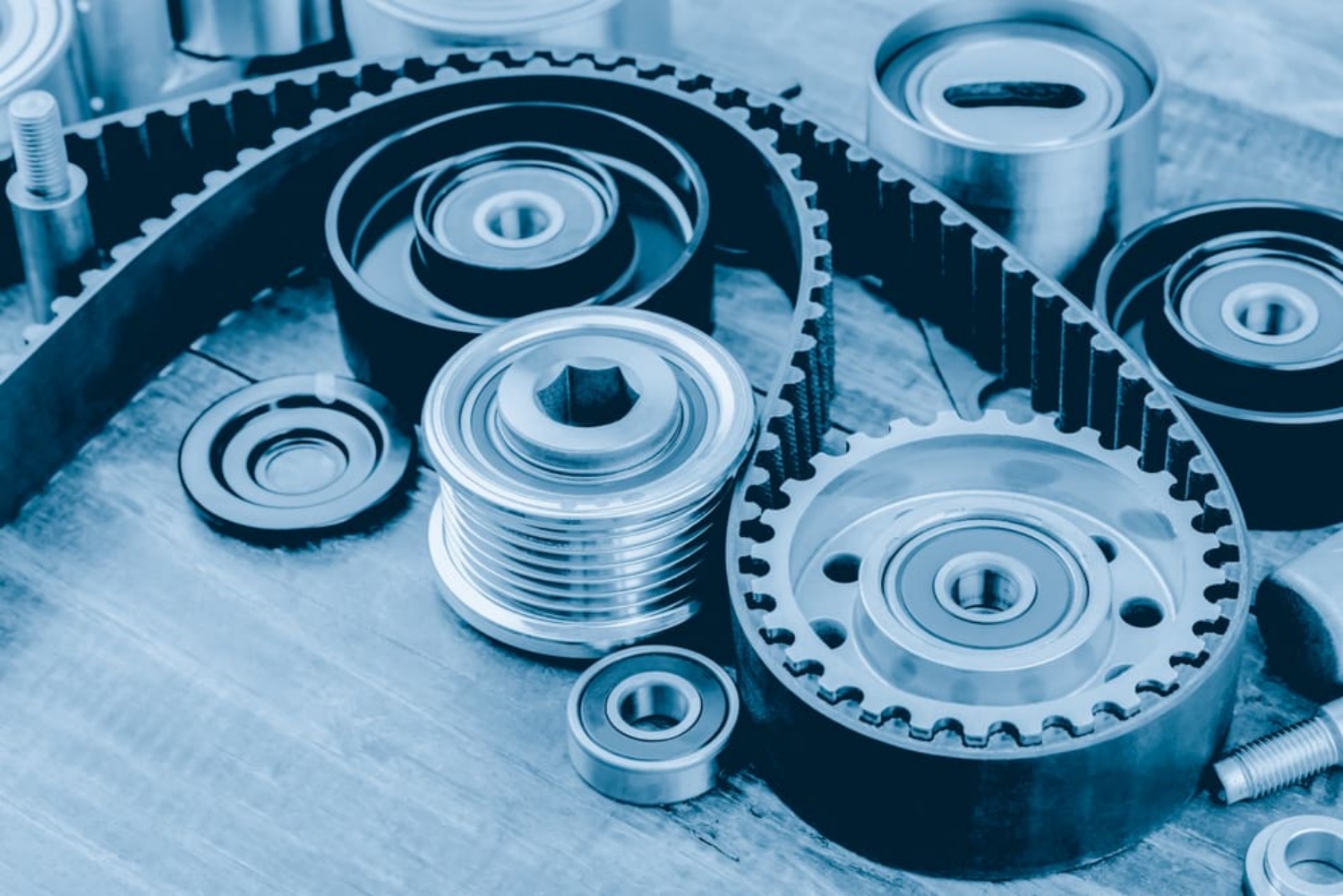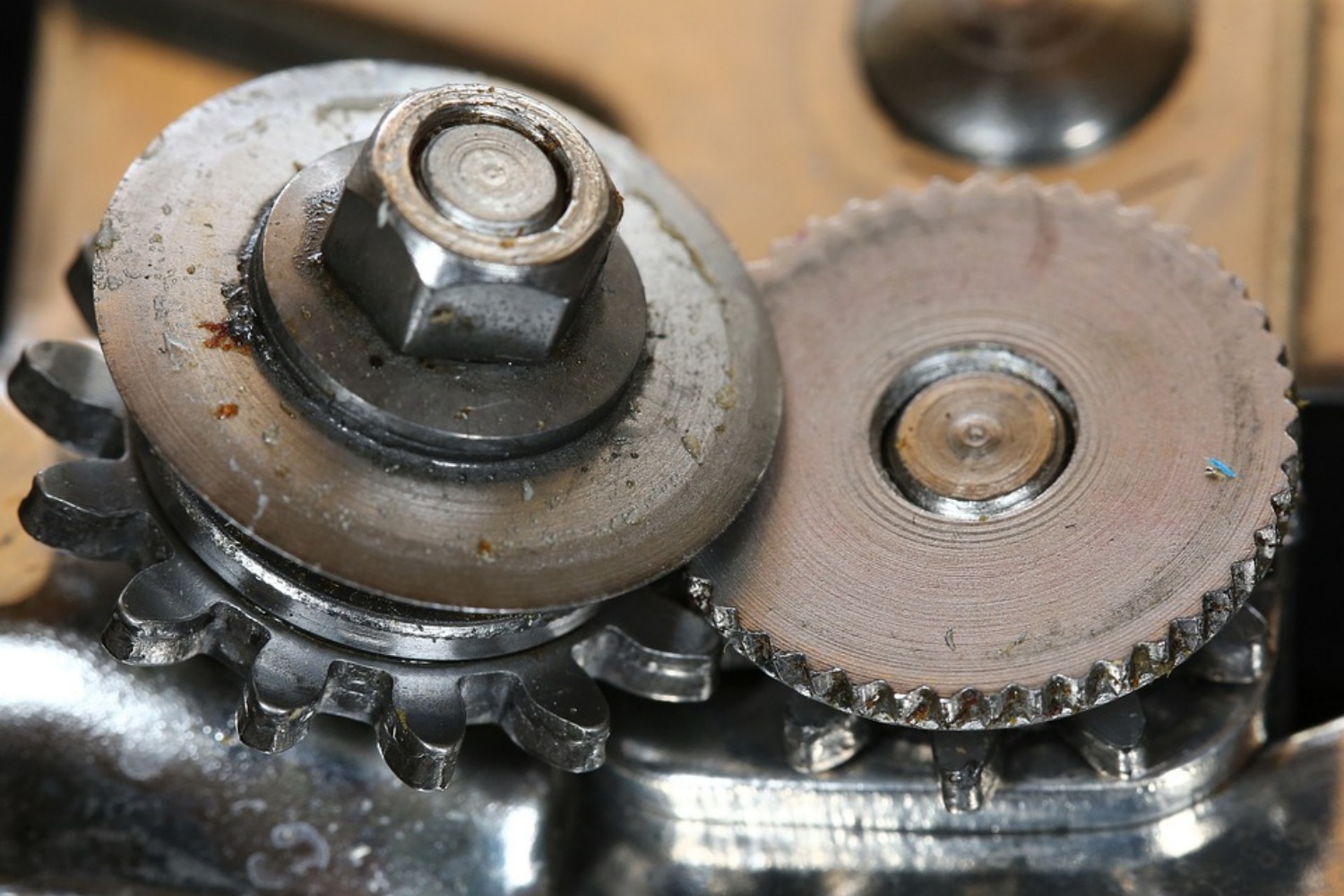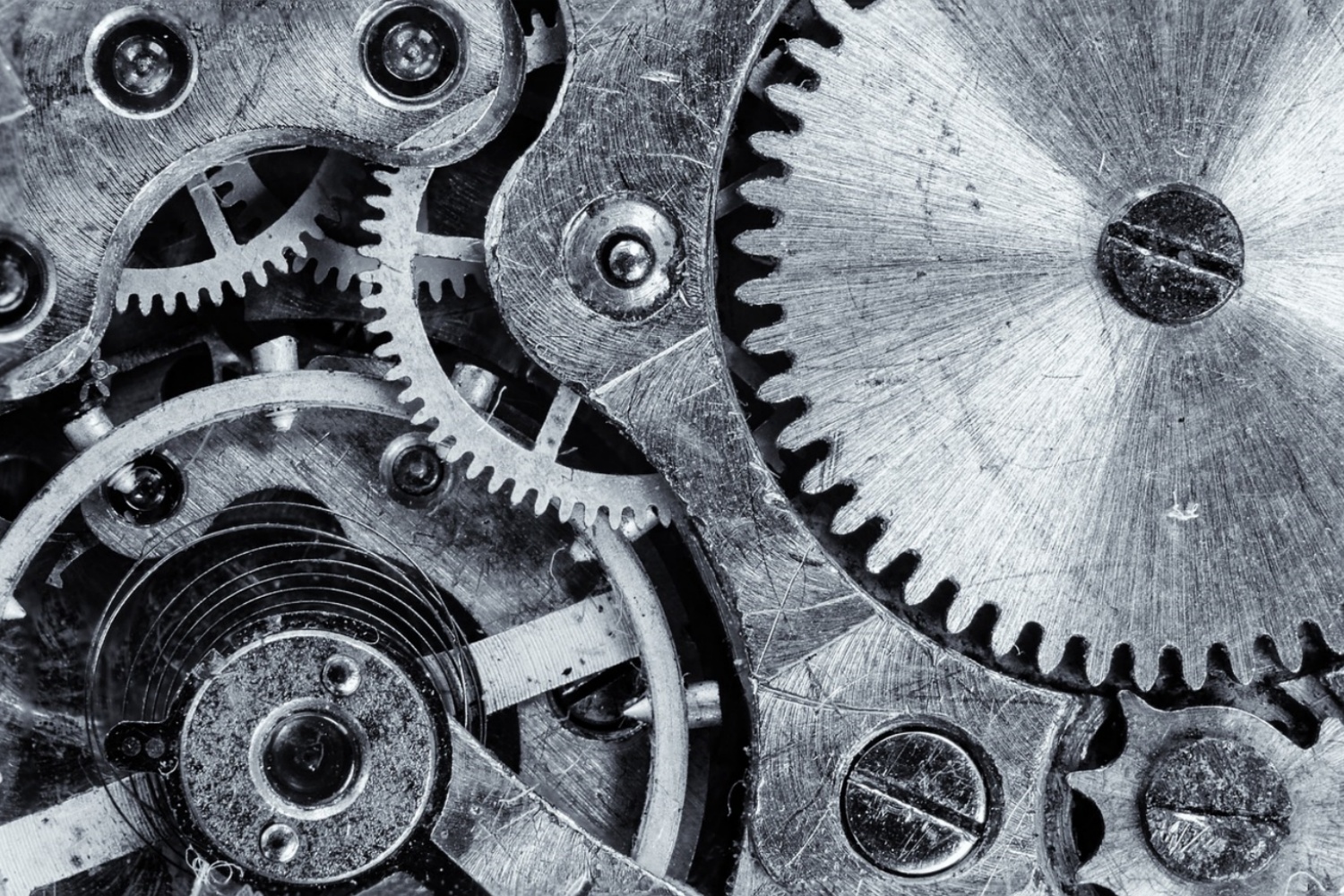The spur gear, a fundamental component in numerous mechanical systems, has witnessed numerous iterations and enhancements over the years. Its simplicity and effectiveness have made it a staple in various industries, from automotive to aerospace and beyond. However, as technology and industrial demands evolve, the need for innovations in spur gear design becomes increasingly apparent.
Evolution of Spur Gear Design
Traditionally, spur gears have been designed with a focus on durability and efficiency. These gears, characterized by straight teeth parallel to the axis of rotation, have been optimized for torque transmission and speed reduction. However, with the advent of new materials, manufacturing techniques, and design software, the possibilities for innovation have expanded significantly.
One of the most significant innovations in spur gear design has been the integration of advanced materials. The use of high-strength alloys, composites, and even polymers has allowed for the creation of lighter, more durable gears capable of withstanding extreme operating conditions. These materials not only enhance the performance of the gears but also contribute to reducing energy consumption and operational costs.
Precision Manufacturing Techniques
Another key innovation in spur gear design has been the adoption of precision manufacturing techniques. The use of Computer Numerical Control (CNC) machining, additive manufacturing, and other advanced processes has enabled the production of gears with tighter tolerances and more complex geometries. This level of precision not only improves the efficiency and reliability of the gears but also allows for customization to meet specific application requirements.
Advanced Lubrication and Coating Technologies
Lubrication and surface coating technologies have also played a crucial role in enhancing the functionality of spur gears. The development of synthetic lubricants and solid film lubricants has reduced friction and wear, leading to improved gear performance and longer service life. Additionally, advanced coating technologies such as Physical Vapor Deposition (PVD) and Chemical Vapor Deposition (CVD) have been employed to deposit hard, wear-resistant materials on gear teeth, further enhancing their durability.
Design Optimization through Simulation and Analysis
The integration of computer-aided design (CAD) and finite element analysis (FEA) has been a game-changer in spur gear design. These tools allow engineers to simulate and analyze gear performance under various operating conditions, enabling them to identify potential design flaws and optimize designs for improved performance. This approach not only reduces the time and cost associated with prototyping but also ensures that the final product meets or exceeds performance requirements.
Innovations in industrial spur gear design have come a long way, evolving from traditional methods to incorporate advanced materials, precision manufacturing techniques, lubrication and coating technologies, and design optimization through simulation and analysis. These advancements have significantly enhanced the functionality of spur gears, making them more durable, efficient, and customizable to meet the demands of modern mechanical systems. As the industrial landscape continues to evolve, it is exciting to imagine what further innovations lie ahead in the field of spur gear design.
More: Machinery’s Silent Heroes: Unveiling the Significance of Industrial Sprockets
CONTINUE READING
Related Posts
In the realm of mechanical engineering and design, the terms “pulley” and “sheave” often surface, leading to a mix of […]
In the realm of industrial automation, the significance of gears and pulleys within the machinery cannot be overstated. These components […]
Industrial gears play a pivotal role in the operational efficiency and productivity of various industries. These components, often housed within […]





